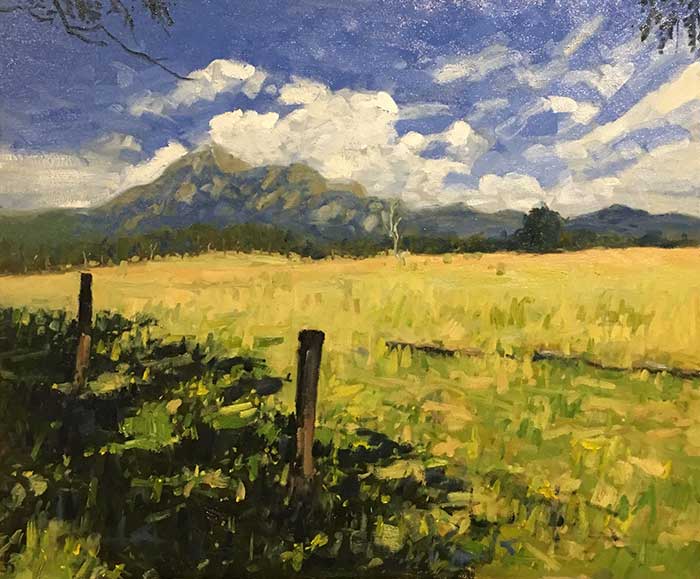Painting
Painting is an incredible form of art that can express emotions, tell stories, and captivate the viewer's imagination. Whether you're a beginner or a seasoned artist, creating a painting can be an exciting and fulfilling experience. In this blog, we'll take you through the step-by-step process of painting, from choosing your materials to adding the final touches. ( This blog made by Techgoldar ) techgoldar.blogspot.com
Step 1: Choose Your Materials
Before you start painting, you need to gather all the necessary materials. This includes your canvas or painting surface, paint brushes, paint, and any other tools you might need. Make sure to choose high-quality materials to ensure the best possible outcome for your painting.
Step 2: Sketch Your idea
Once you have your materials ready, it's time to sketch out your idea. This will help you plan the composition of your painting and ensure that everything is in proportion. You can use a pencil to sketch your idea on the canvas or a separate sheet of paper. Don't worry if your sketch isn't perfect – it's just a guide for the painting process.
Step 3: Apply the Base Colors
Next, it's time to apply the base colors to your painting. This will give you a foundation to build upon and help you create depth and dimension in your work. Start by painting the background color and then work your way forward, adding the base colors for the objects or subjects in your painting.
Step 4: Add Shadows and Highlights
After you've applied the base colors, it's time to add shadows and highlights. This will help bring your painting to life and make it look more realistic. Use darker shades of paint to add shadows and lighter shades to add highlights. You can use a reference photo to help you determine where to add shadows and highlights.
Step 5: Blend the Colors
Once you've added shadows and highlights, it's time to blend the colors together. This will create a more natural and seamless look to your painting. Use a dry brush to gently blend the colors together, working in a circular motion. Be careful not to over-blend, as this can result in muddy colors.
Step 6: Add details
Now it's time to add the details to your painting. This can include texture, patterns, or any other small elements that will make your painting more interesting. Use a small brush to add the details, and be patient – this step can take some time.
Step 7: Step Back and Evaluate
After you've added all the details, step back and evaluate your painting. Take a break if you need to and come back with fresh eyes. Look for any areas that need improvement or any details that you might have missed.
Step 8: Make Adjustments
Based on your evaluation, make any necessary adjustments to your painting. This might include adding more details, blending colors, or adjusting the composition. Don't be afraid to make changes – it's all part of the painting process.
Step 9: Finishing Touches
Once you're happy with your painting, it's time to add the finishing touches. This can include signing your name, adding a varnish to protect your work, or framing your painting. This step is important, as it helps preserve your painting and make it ready for display.
Painting can be a rewarding and therapeutic experience, and with the right materials and techniques, anyone can create a beautiful work of art. Remember to take your time, be patient, and have fun with the process. Who knows, you might just discover a hidden talent and create a masterpiece that you can be proud of.
( This blog made by Techgoldar ) techgoldar.blogspot.com







0 Comments